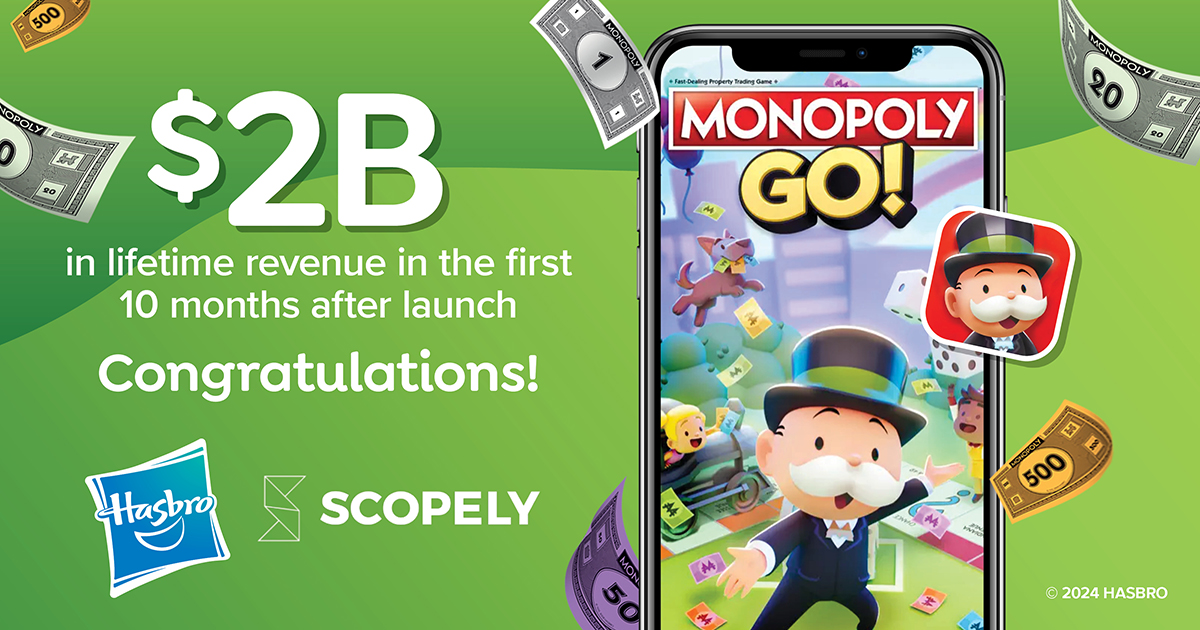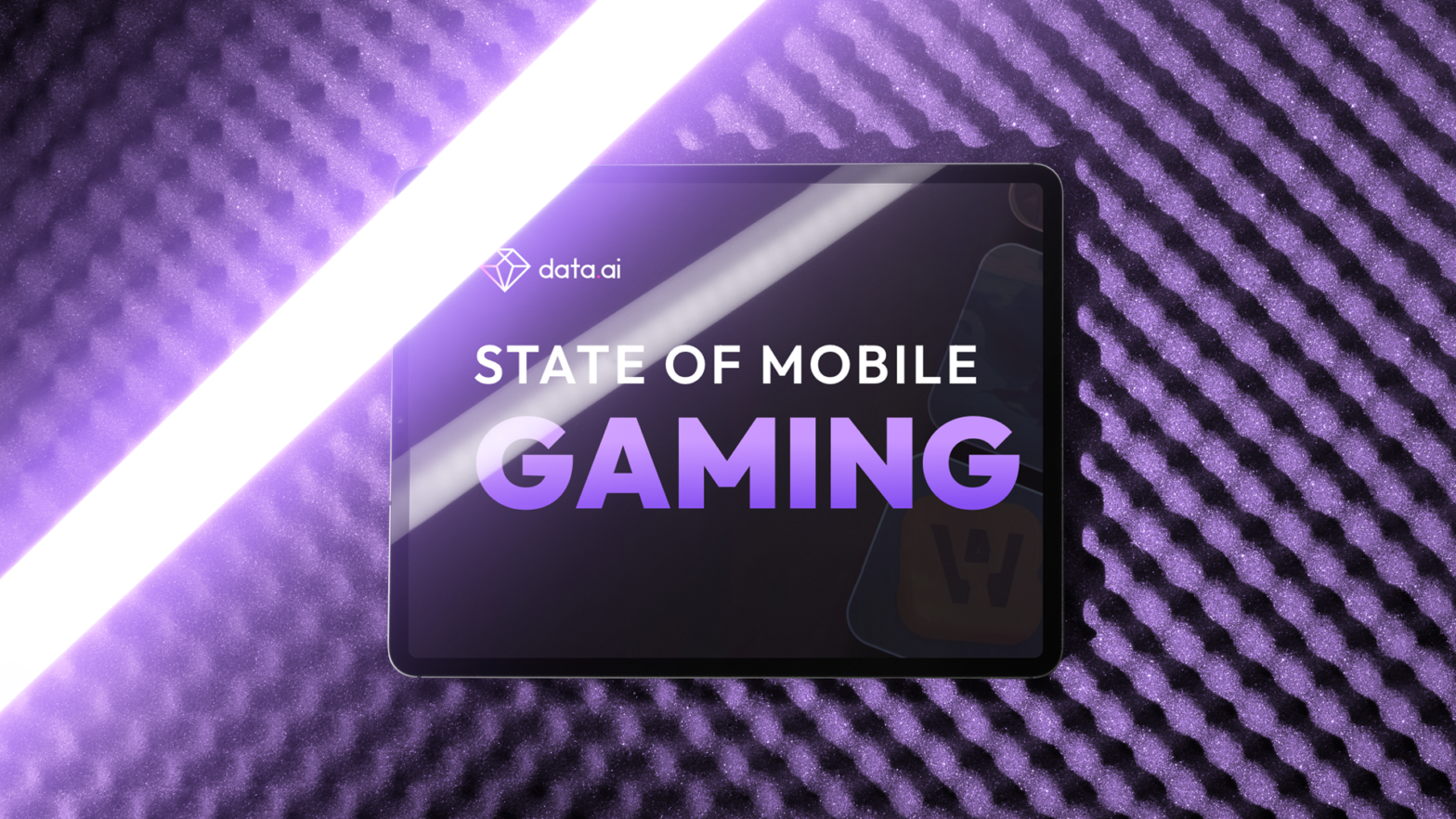The market for mobile gaming is growing and developing relentlessly, and in the next few years it will be even more competitive for PC and consoles. It has a definite advantage over its competitors: mobile games are mostly free products, but on the other hand they increasingly resemble slot machines, with their share of excitement and in-game purchases. So what is hidden from view and how good or bad is it? How do free-to-play mobile games earn money and is there any excitement? Read about it in this thread by Eric Seufert.
Why low conversion rates in free-to-play mobile games are the normal
The vast majority of players, which can be as high as 90%, never spend money on purchases in free-to-play games. This could falsely suggest that players are not enjoying this kind of game. Let’s find out how it really is.
A side note: How to prepare your game for investors and publishers
The fact is that the odds that apply to most games may not actually always be applicable to free-to-play games. More specifically, these metrics won’t be effective without a general knowledge of the game’s marketing portfolio, nor can they be applied in isolation in calculations. At the same time, calculations of the freemium model, which is the case with mobile games, can only be correctly calculated based on general numbers, such as the total number of daily active players.

By definition, conversion in freemium is low. It is a business model designed to capitalise on scale, network effects, price differentiation and varying levels of consumer enthusiasm, with the combination of these factors producing a greater total return than if the product had taken the original price.
That’s why low conversion rates are more of a unique feature and no developer expects to see fantastic results when releasing a free game or app.
At the same time, low conversion rates can easily be used as an advantage for free products if one knows how to take advantage of their strengths.
The first advantage is that it is more difficult for competitors to disrupt larger user bases than smaller ones, since the value proposition of such products often depends, at least in part, on the presence of users.

The second advantage of low conversion, however, is that by developing a large user base, the product deprives potential competitors of users. Simply put, if your product is the largest in the overall stream of competition, it will ‘consume’ the user bases of smaller apps or games.
Large user bases can also be used to their advantage because they literally produce more data. This data can be used to improve the efficiency of rule sets and user segmentation algorithms that are hindered by small user bases.
Another advantage in this field is advertising. In this case, low conversion does not play any role, because the main advertising flow is directly related to the number of users: the more users a product has, the greater its potential advertising flow. Most importantly, all these benefits need only be considered in the early stages of development, when a product’s total addressable market appeal is pliable.
Read the entire article series by Eric Seufert here.

853













 5 minutes
5 minutes







 2 minutes
2 minutes

